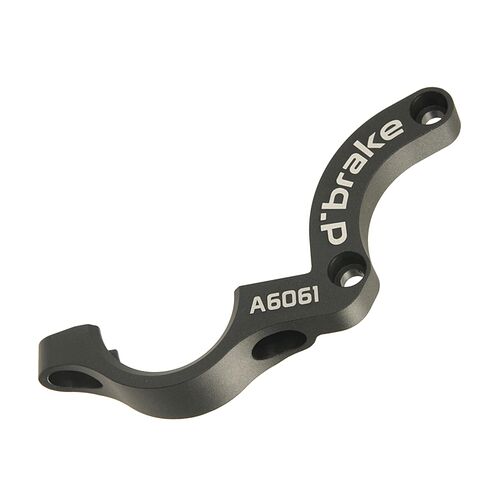I wouldn’t get a 36 with Magura rim brakes for the purpose of loaded touring, but that doesn’t mean that that unicycle isn’t a good choice.
If you are serious about using it for touring, I would get it if you can upgrade the parts and still have it cheaper than buying new. Factor in the price of a d’Brake adaptor, a mid-range disk brake, KH Spirit cranks, and possibility a new tire/bearings/etc. assuming the wheel is in good shape.
I was an early adaptor to disk brakes and they really are superior in a lot of ways but not 100% better in all circumstances.
A big positive of disk brakes is they are not as affected by frame flex, which can be a significant issue with 36ers. Fortunately the old (and new) KH frames are quite stiff and do a pretty good job of preventing rim brake pads from rubbing when pedaling hard. If you are loading down the frame for touring you might still get rubbing from the comparatively stiff KH frame.
To deal with the issue of frame flex many unicyclists ran “frankenbrakes” which were Magura HS33 slave pistons actuated by a HS11 lever. This gave more pad travel than any stock setup and worked well. The problem is that they were obsolete 10 years ago and finding spares isn’t the easiest thing anymore.
V-brakes are less affected by rim contact from frame and wheel flex but you would need an adaptor plate. They used to be common when trials bikes used Magura rim brakes but might be harder to find now. Once you have a good adaptor, V brakes are by far the easiest to fix and find parts for in remote areas.
If the ability to fix things on the road with minimal resources is a priority forget everything else I’m writing, buy the used KH and swap out the Magura rim brakes with some long arm V brakes.
If upgrading a non-disk ready (pre 2012) KH 36 you would do well with a d’Brake and Spirit cranks. With the proper 6mm spacer, the Spirit cranks put the disk 1.5 mm further away from the bearing centre than a hub mounted disk so you would likely need to add washers between the d’Brake and the caliper mount to push it out a bit. At this point it might work brilliantly, or you might have some chattering and resonance issues. This is fixed by adding a brace between the top bolt on the d’Brake and the frame. Search “Hugo Strut”.
That was probably more info than you wanted to know., but yah, if you want the best preforming setup go disk, if you want the easiest to fix anywhere in the world, buy that unicycle and convert to V-brakes, or if you don’t mind the occasional rub and aren’t afraid of obsolete but fantastically powerful hydraulic rim brakes get it and ride it as is, but I don’t think it’s the best setup for loaded touring.
Good luck!
